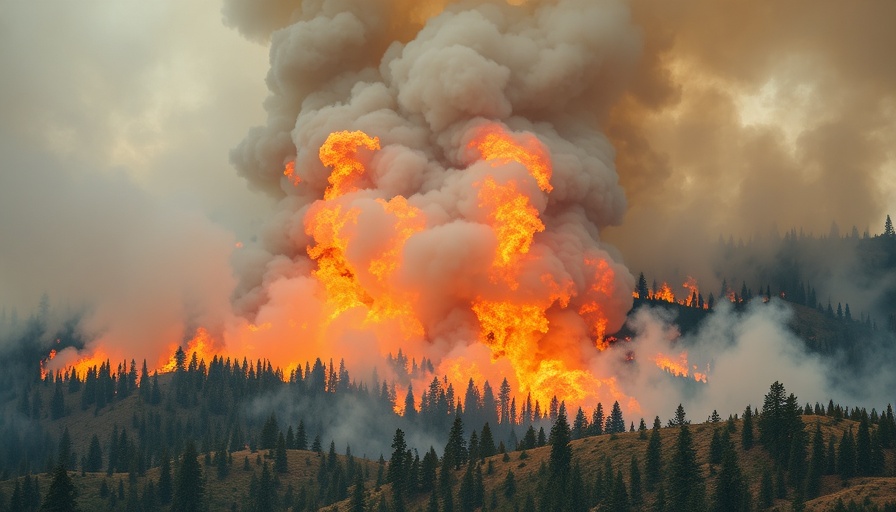
Understanding Global Warming and Climate Change
Many people use the terms global warming and climate change interchangeably, but they refer to different phenomena, each significant in its own right. Global warming describes the ongoing rise in average temperatures around the world, primarily due to the accumulation of greenhouse gases (GHGs) like carbon dioxide from human activities, such as burning fossil fuels. It represents a specific aspect of a much broader issue.
The Bigger Picture: Climate Change
On the other hand, climate change encompasses a wide array of alterations in weather patterns, precipitation, and even seasonal changes. It involves not just warming but also cooling and other shifts that affect ecosystems. Essentially, climate change is the long-term shift in the Earth’s climate, influenced by natural processes and human actions alike.
A World Interconnected: Real-World Impacts
Understanding the difference is crucial because it can affect how we address environmental issues. For instance, climate change may lead to extreme weather events, sea-level rise, and disruptions in food sources, impacting vulnerable communities worldwide. This interconnectedness highlights the importance of sustainability and proactive measures to mitigate impacts.
What Can We Do?
The distinctions between global warming and climate change are not merely academic. Recognizing and understanding them can empower individuals and communities to take responsible actions. From advocating for sustainable energy sources to supporting local conservation projects, everyone has a role to play in altering our course toward a more resilient planet.
 Add Row
Add Row  Add
Add 



 Add Row
Add Row  Add
Add 

Write A Comment